



Oxalic acid Vaporiser
In the autumn of 2002 I start to find Varroa mites in my hives. It is time to get a system up and running to control the mites. Apistan is still working in Sweden, we have banned all import of bees for many years and managed to keep fluvalinate resistant mites from crossing the borders. However, that is not going to last forever. We will sooner or later develop resistant strains here too. Difference to most other countries it is only commercial beekeepers who are allowed to use Apistan strips. This means alternative treatments are developed for hobby beekeepers wich are not using chemicals that will affect the environment.
Organic acids has showed to be useful in fighting Varroa mites. Formic acid was first used, but have some drawbacks when it's very temperature dependant. Oxalic acid treatment is now being developed, but has the disadvantage it doesn't kill mites in capped cells. So the treatment has to be applied in autumn when there is no brood in the hives. In a climate like lat. 60 with short summers (brood rearing period) it might be possible to keep mite population under control this way together with drone removal in the spring.
When Apistan (the only allowed insecticide) is quite expencive, there is also the possibility tof cutting cost that influence the decision to look for alternative treatments. One of them is the Varrox vaporiser developed in Switzerland. This is only a first test and I hope to be able to report better result later.
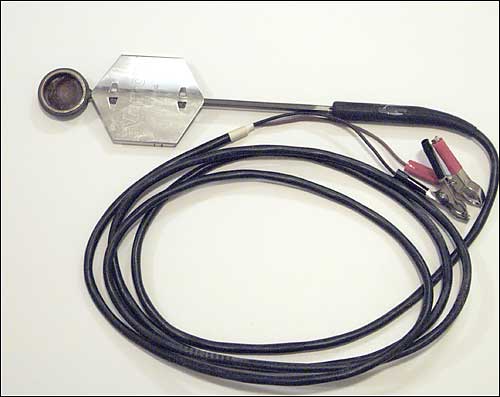 |
The Varrox vaporiser, made by Andermatt Biocontrol AG. www.biocontrol.ch. It's a small pan that's heated by 12 volts and melts and vaporise the Oxalic acid crystals. |
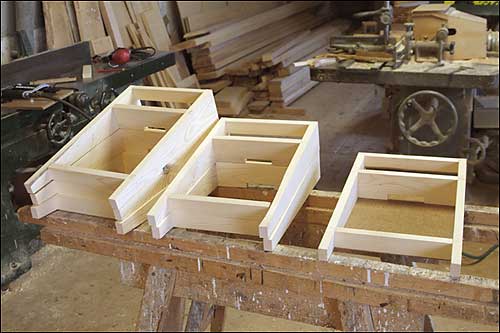 |
When I'm using Styrofoam hives with ventilated mesh bottoms, I want to be able to use the vaporiser without having to open the hive to first close the mesh bottom. Instead I made a device to put under the hive and let the vapors go up through the mesh. I will need 6 of them when each hive should be closed for 15 min after treatment to allow vapors to spread inside. |
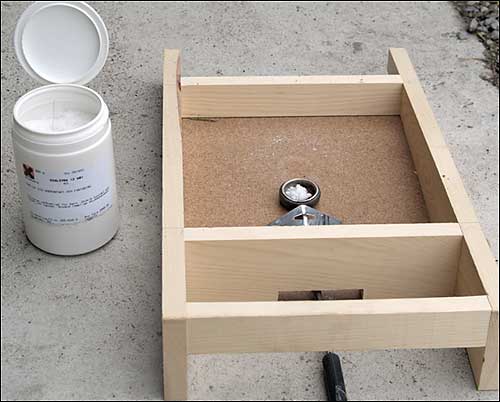 |
Making a test in the open to se how it works before doing a treatment to any hive. 1 gram of oxalic acid (C2H2O2*2H2O) in the Vaporiser. One gram is used per Langstroth box. Next step is to connect the Vaporizer to a 12 volt car battery. |
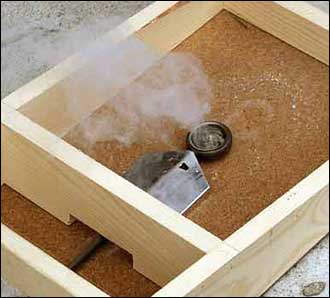 |
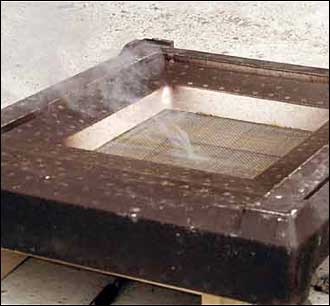 |
| Oxalic acid crystallz are melted and vaporised. |
Vapors
are also rising through a mesh in floor.
|
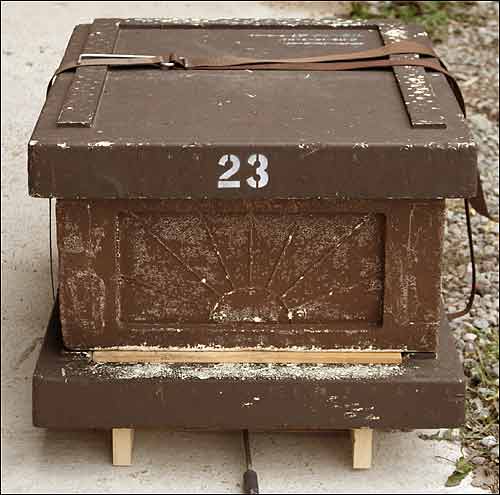 |
Now I test with a box containing frames but no bees. This is to find out how well the vapors will spread in the box. Entrance is closed during treatment. |
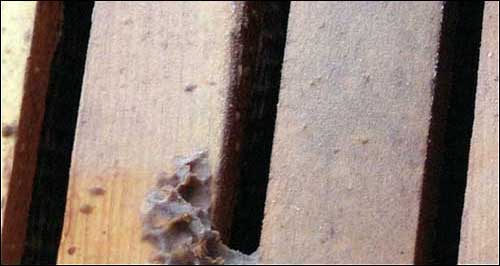 |
The lid is taken off the empty hive after treatment with one gram. As you can see on this picture there is a layer of oxalic crystalls on the top bars. |
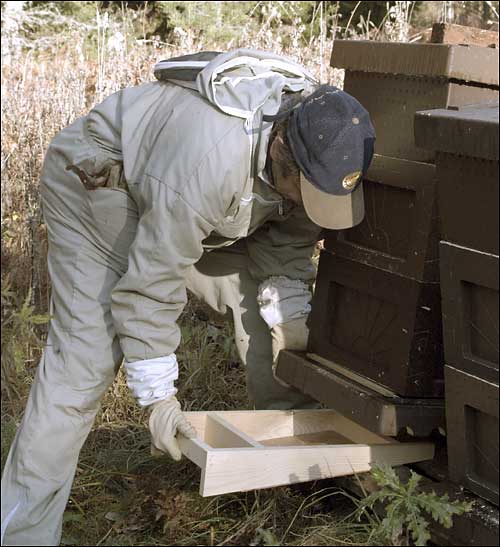 |
So time to do
the real test on some hives. |
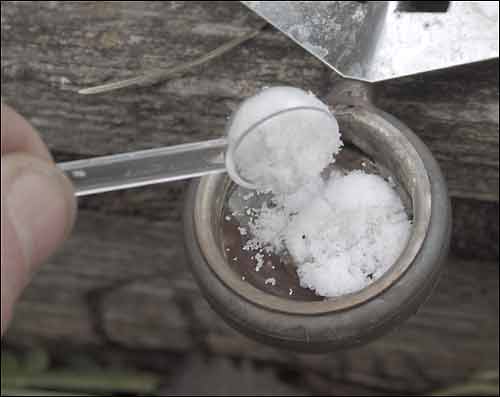 |
Pan on the Varrox
is filled with 1-2 grams of oxalic crystalls. The fumigation takes 2,5 minutes, then the hive is left sealed up for another 15 minutes to allow fumes to spread inside. |
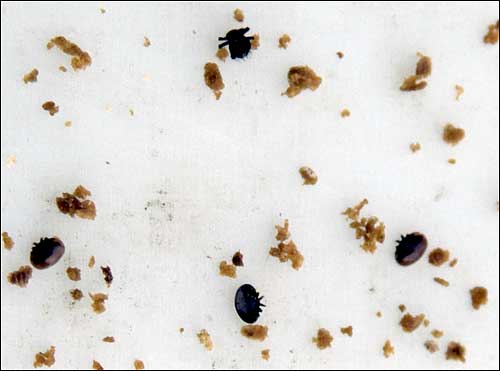 |
After a day there started to fall varroa mites to the bottom of the hives where I have the collecting tray. On the picture there is 3 mites and a braula (Bee louse). There is a slower rate of falling mites than with Apistan. Mites keep on falling down for 4 weeks at a steady rate before I can see a reduction. At this point I inserted Apistan strips to get a measure of the mumber of mites still in the hives. |
This study was done late in the autumn 2002 whith temps near frost. Only a few hives have been used, and bees has been in cluster with very little movement. This is probably giving a slower rate of mite fall due to less movement of bees in the hive, and thus exposure to the oxalic crystalls. The final Apistan treatment show a minor increase from the earlier mite fall after oxalic fumigation. To properly evaluate oxalic vaporization the hives would have to be monitored over a period of at least 6 weeks before Apistan treatment or other ways of counting remaining mites is applied. From a very rough estimation it looks like there is at least 80% efficiency.
The Varrox vaporiser
gives similar results in my climate as trickling sugar solution with 3,2%
oxalic acid.The amount of pure oxalic is the same per hive with both treatments.
Difference is the time the treatment will take and that vaporising the
acid will need extra equipment. Trickling is faster and cheaper, same
result with less time and money spent...



